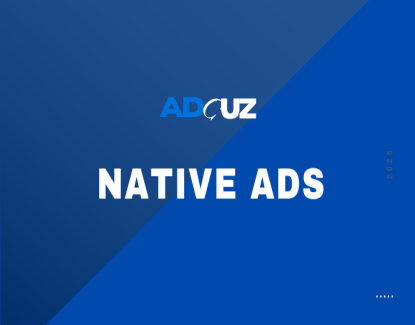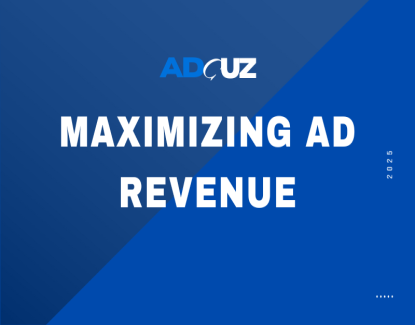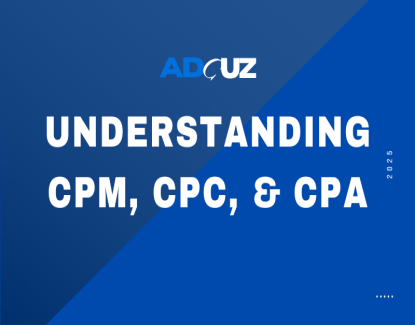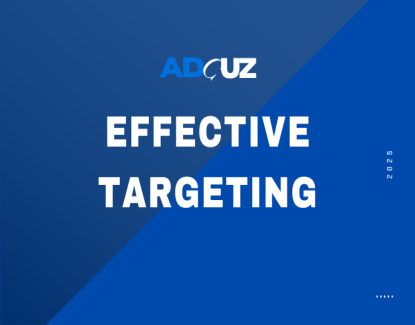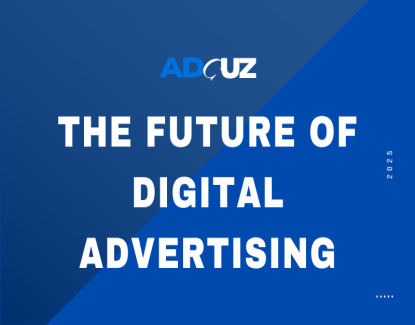Maximizing Ad Revenue: Tips for a Profitable Ad Site
- Home
- Maximizing Ad Revenue: Tips for a Profitable Ad Site
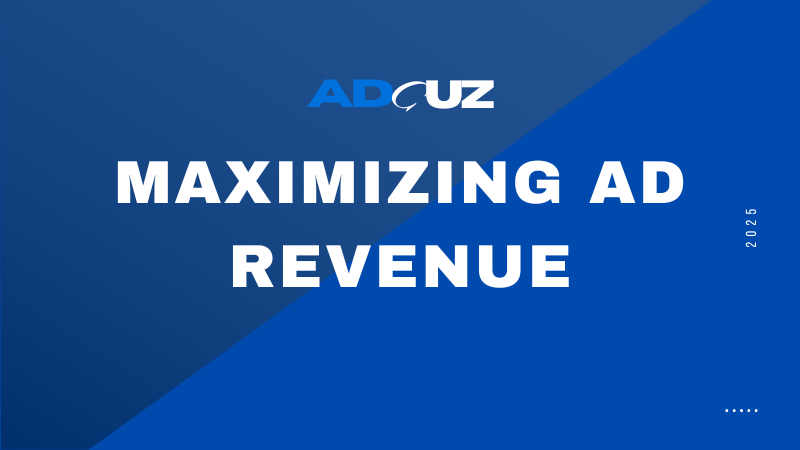
- 22 Feb 2025
Maximizing Ad Revenue: Tips for a Profitable Ad Site
For any publisher, whether you're a small blogger or a large media company, turning your website into a profitable business is the ultimate goal. While simply adding ad tags is a start, true success comes from a strategic approach to ad revenue maximization. It's about more than just placing ads; it's about optimizing every aspect of your site to create a balanced ecosystem that benefits both your audience and your bottom line.
In a digital landscape filled with ad blockers and fierce competition, here’s how you can transform your website into a high-earning, profitable ad site.
1. Optimize Your Ad Placement and Density
This is a delicate balancing act. While you want to show enough ads to generate revenue, overwhelming your users can lead to "ad fatigue" and a high bounce rate. The goal is to find the sweet spot.
Above and Below the Fold: While ads placed "above the fold" (visible without scrolling) often have high viewability, a single, well-placed ad in the first paragraph of an article can outperform a cluster of ads at the top. Strategic placement within the content, where users are already engaged, can lead to higher performance.
Sticky Ads: These ads, typically at the bottom or side of the screen, "stick" as the user scrolls. They are a popular and effective format for increasing viewability and revenue, particularly on mobile devices where screen real estate is limited.
Don't Overdo It: Excessive ad density can harm your SEO rankings and repel visitors. Stick to a reasonable number of ads per page, ensuring they don't disrupt the reading experience.
2. Choose the Right Ad Formats
The days of relying solely on standard banner ads are over. Today's ad tech offers a variety of formats, each with different revenue potential.
Native Ads: As discussed previously, native ads seamlessly blend with your content, providing a less intrusive user experience. These in-feed ads often have higher click-through rates (CTRs) and better engagement because they feel like a natural part of the content.
Video Ads: Video is one of the most lucrative ad formats. In-stream video ads (pre-roll, mid-roll, post-roll) and out-stream video ads (which appear in articles without a dedicated video player) command the highest CPMs (Cost Per Mille) and are highly sought after by advertisers.
High-Impact Ads: Formats like interstitial ads (full-page ads that appear between page loads) and interscroller ads (which reveal themselves as the user scrolls) offer high visibility but must be used carefully to avoid negatively impacting the user experience.
3. Leverage Ad Networks and Advanced Bidding
Don't put all your eggs in one basket. Using a single ad network like Google AdSense might be a simple starting point, but it's not the most profitable strategy.
Ad Mediation: Use a platform that can manage multiple ad networks and automatically select the highest-paying ad for each impression. This ensures you're always getting the best price for your ad space.
Header Bidding: This is a more advanced technique that is now a standard for most profitable ad sites. Header bidding allows multiple demand sources (ad exchanges, DSPs, etc.) to bid on your ad inventory simultaneously, before the ad server is called. This creates real-time competition, driving up the price of each impression and resulting in a significant increase in ad revenue compared to the traditional "waterfall" method.
4. Prioritize User Experience and Site Speed
A slow, cluttered website is a losing proposition. The faster your site, the more pages users will visit, and the more ad impressions you'll generate.
Reduce Page Load Time: A mere one-second delay in page load time can increase your bounce rate dramatically. Optimize images, use lazy loading for ads and other elements, and choose a fast hosting provider to ensure your site loads quickly.
Mobile-First Optimization: A vast majority of web traffic now comes from mobile devices. Your ad placements and site design must be fully responsive to provide a seamless experience on smartphones and tablets.
Avoid Ad-Blocking Behavior: While a single ad here or there won't trigger an ad blocker, aggressive pop-ups, and disruptive formats can cause users to install them, cutting off your ad revenue entirely.
5. Focus on Viewability and Ad Quality
Advertisers pay for ads that are actually seen. Viewability, which measures whether an ad impression was in a user's viewable area, is a critical metric.
Strategic Placement: As mentioned earlier, place ads in areas where users are likely to scroll and linger, such as within the main content of an article.
Use High-Quality Ad Networks: Partner with reputable ad networks that provide high-quality, relevant ads that match your audience's interests. This not only increases CTR but also builds trust with your audience.
Monitor and Test: Regularly check your analytics to see which ad units, formats, and placements are performing best. A/B testing different layouts can help you find the optimal configuration for your unique audience.
The Bottom Line
Maximizing your ad revenue is a continuous process of optimization. It's about finding the right balance between a stellar user experience and a powerful monetization strategy. By focusing on smart ad placement, utilizing the best ad formats and bidding technologies, and always prioritizing the user, you can ensure your website not only attracts visitors but also generates the revenue it deserves.

